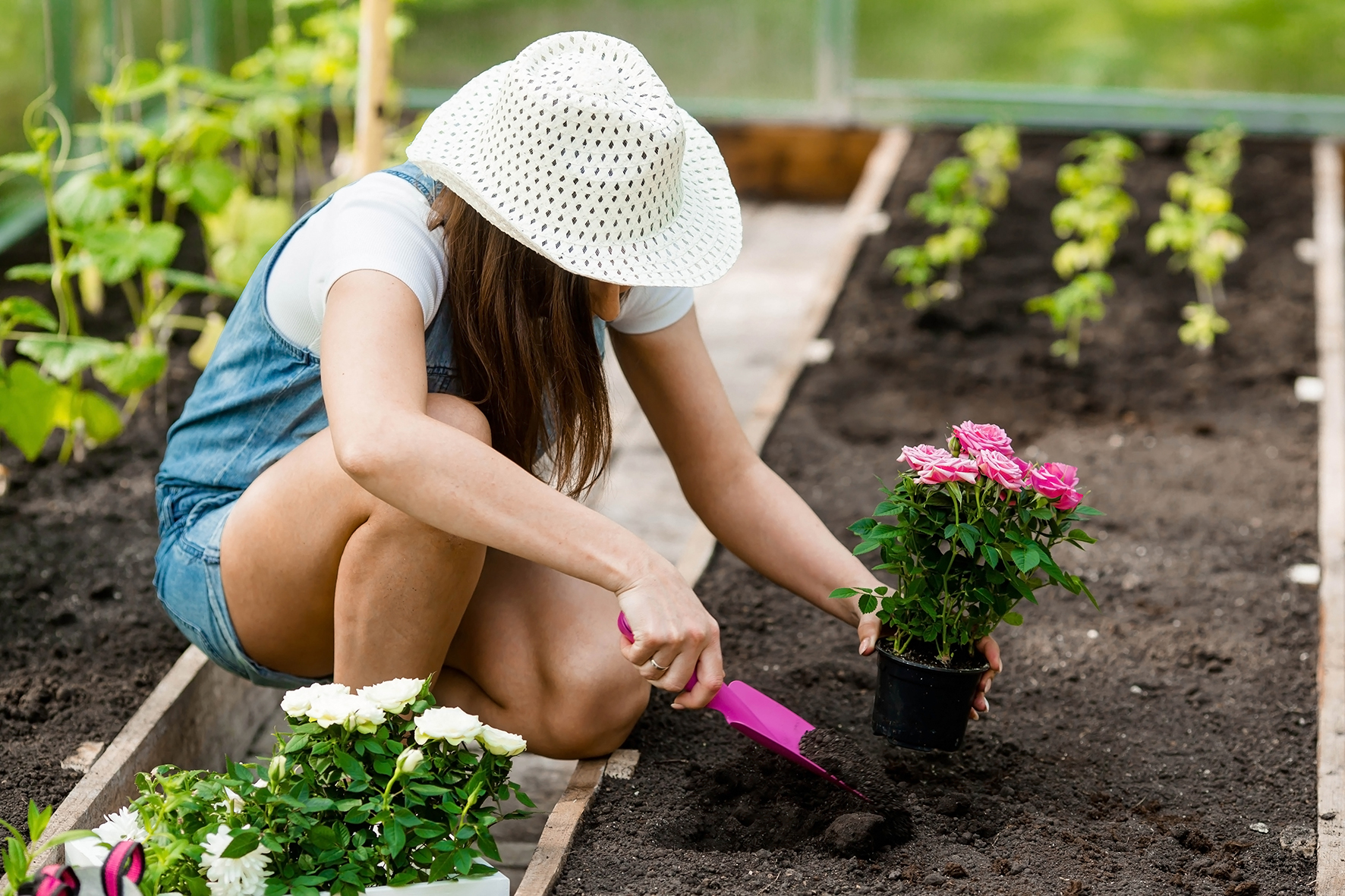Freezing helps to preserve sun-ripened tastes and beneficial nutrients. However, understanding what to freeze — and how to freeze — fruits, vegetables, dairy products, herbs and eggs is another story.
Is it possible to freeze a juicy tomato, crisp broccoli, or spicy peppers and still enjoy the same rich flavor later? Yes, and the procedure isn’t difficult. You’ll be well on your way once you understand some basic practices related to freezing fruits and veggies. Learn how to freeze fruits and veggies to keep your family healthy.
The Product’s Quality Is the Key to Delicious Frozen Veggies and Fruit
Because freezing won’t improve the flavor or quality of an apple or corn, it’s critical to start with the freshest vegetables you can find. If you don’t have access to a garden, check for seasonal fruits and vegetables at local farmers’ markets. Alternatively, stock up on family favorites when they’re on sale at the shop.
If possible, plan so you can freeze vegetables within a few hours of selecting or purchasing them. The shorter time you store vegetables before freezing them, the better the flavor and texture.
Freezing vegetables and fruit can be done in a variety of ways. Onions and peppers, for example, can be frozen uncooked with good results.
Although the texture of the vegetable changes and they lose their crunch, the frozen outcome is excellent and flexible in cooking. It’s vital to blanch, or partially cook, many other fruits and vegetables before freezing them.
Blanching
Blanching involves scalding vegetables in boiling water or steaming them for a short period. Blanching vegetables prevents the enzymes that cause them to rot, even in frozen storage. The method preserves the color, texture, flavor, and nutrients of the produce. Under-blanching activates the enzymes that cause deterioration and is worse than no blanching. Over-blanching zaps flavor, color, and nutrients, similar to overcooking. Blanching times differ depending on the veggie.
To blanch in boiling water, prepare the vegetables as directed in the recipe and place them in the boiling water. If you put too many vegetables in the water at once, the water will cool. One gallon of water per pound of vegetables is a good rule. Place a lid on the pot after adding the vegetables to the boiling water to speed up the process. When the water returns to a boil after adding the vegetables, start time blanching. If the water takes longer than one minute to return to a boil, you’ve put in too many vegetables for the amount of water.
Steam Blanching
Broccoli, winter squash (including pumpkin), and sweet potatoes can benefit from steam blanching. Greens like spinach or kale can also be steam blanched. Place a steamer basket or colander in your saucepan to suspend vegetables above the boiling water for steam blanching. In the steamer basket, arrange the vegetables in a single layer to receive heat evenly and quickly. Place the lid on the saucepan and start timing as soon as you add the vegetables.
When you are blanching, you should place the vegetable in ice water to stop the cooking process. Ensure enough ice in the water as the hot veggies will warm the water. You should allow them to cool for the same amount of time you heat them. Plan approximately one pound of ice for each pound of vegetable.
When you are done cooking them, you should use a towel or salad spinner to remove the excess water, reducing the number of ice crystals forming on the veggies. Do not freeze everything together; separate them into serving sizes and store them in airtight freezer bags.
Vegetables and fruits stored in zipper bags may hold up to 14 months, they may run longer, but they will lose flavor as time passes. Let us know in the comments what is your favorite vegetable to freeze…





